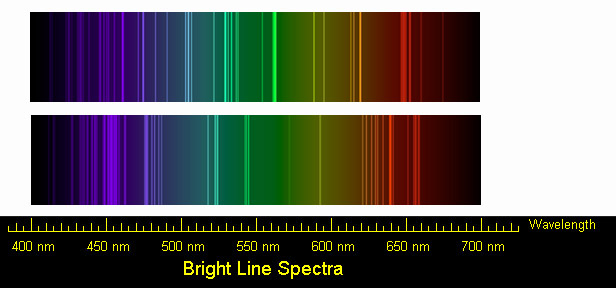Think About
Discuss the following questions in lab groups.
Remember you are trying to determine what is taking place during
the Flame Test whereby various colors of light are being emitted. One
person in your group will have the responsibility of writing the group
answers down. After discussing these questions in the group, another
person will be responsible for sharing your thoughts with the whole
class. You may refer to background material.
- What particles are found in the chemicals that may be
responsible for the production of colored light?
- Why do different chemicals emit different colors of light?
- Why do you think the chemicals have to be heated in the
flame first before the colored light is emitted?
- Colorful light emissions are applicable to everyday life.
Where else have you observed colorful light emissions. Are
these light emission applications related? Explain.
- What is the characteristic flame color for Sodium, Lithium,
Barium, Copper, Cesium, and Calcium? Explain why.
- When the diffraction grating was used to view the flame,
explain why different colorful emission lines were observed for the
elements.
|

